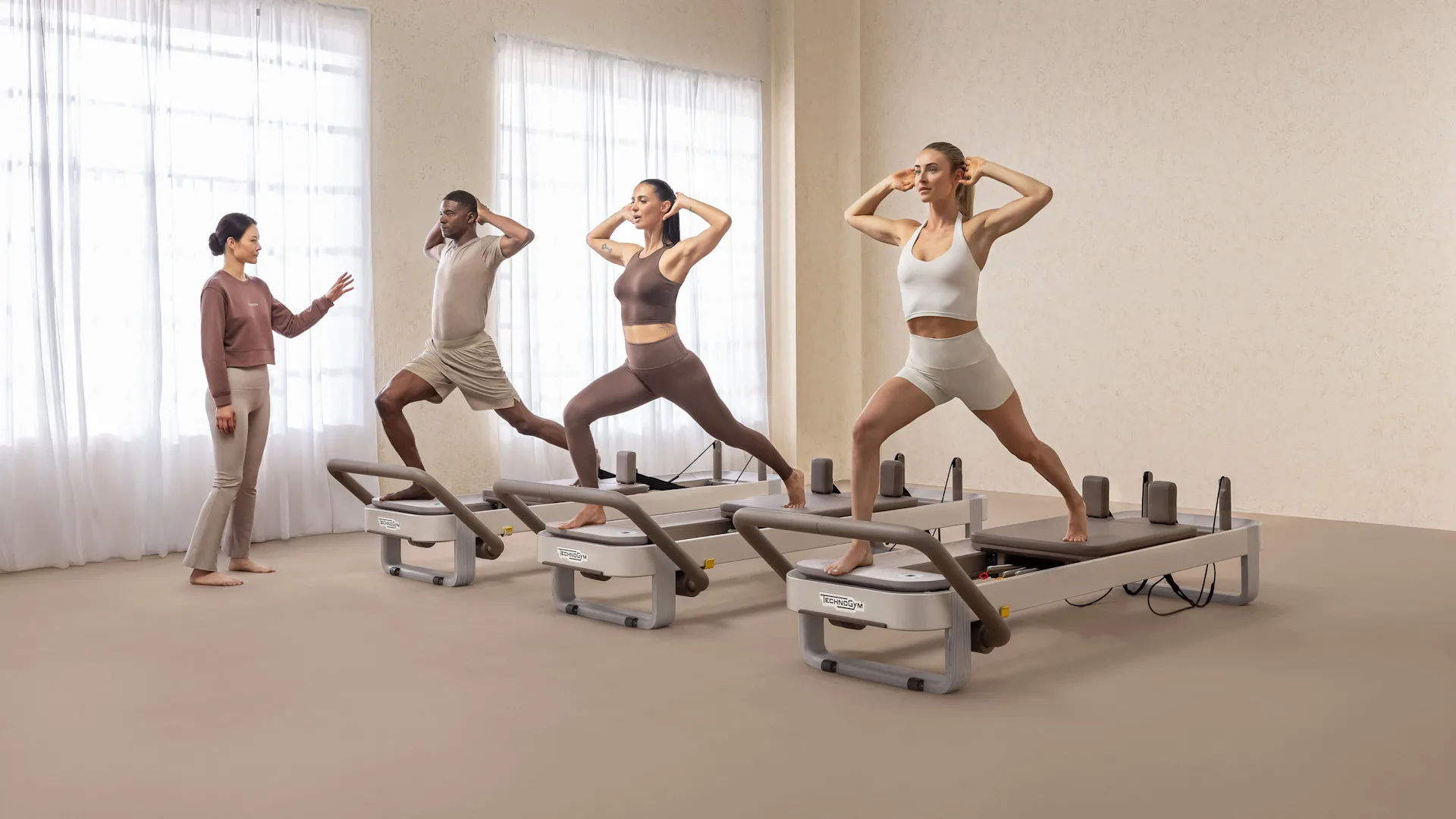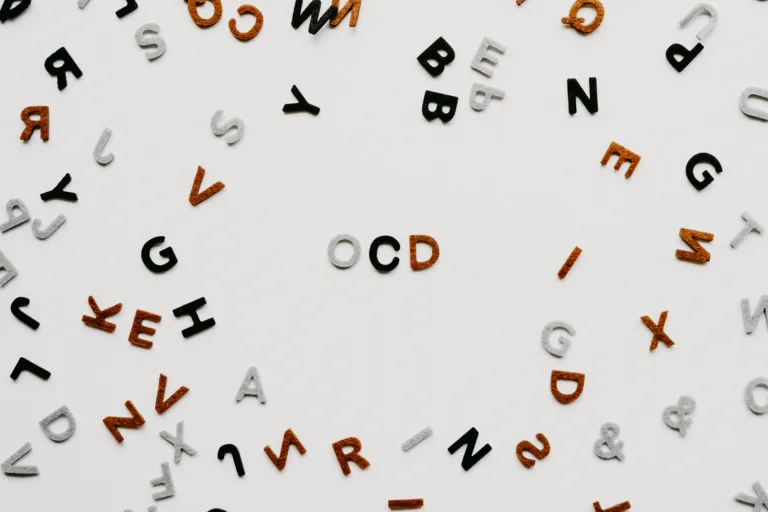Rabat – Joseph Hubertus Pilates, the founder of the sport Pilates, suffered from asthma, rickets, and limited mobility throughout his entire childhood. Despite these challenges, his interest in physical exercise – including boxing, gymnastics, and wrestling – made him an advocate for physical education and mental discipline through exercise.
Joseph moved to England in 1912 to work as a self-defense instructor and a circus tumbler. But when the First World War exploded, he was taken into custody in Britain due to his German nationality and sent to an internment camp on the Isle of Man.
But Joseph found purpose in his imprisonment. In the camp’s hospital, Joseph helped soldiers to restore their body movements and maintain mobility by formulating daily exercise routines and making the first Pilates equipment. He attached strings to the hospital bed – a unique practice that eased physical dysfunction or injury, and conditioned the body.
Joseph named his exercise method “contrology,” because it provided complete control of the body through the mind. Through discipline and mental strength, one can direct their own physical movements – regardless of how challenging and impossible it felt.
Women taking on Pilates – even to this day
After the war, Joseph and his wife moved to New York to create the first Pilates studio. The sport attracted many professional dancers like Martha Graham and George Balanchine, strengthening their body control, flexibility, coordination, and balance. As well as the growing reputation of Joseph Pilates in fixing injuries. The dancing industry was dominated by females. Pilates gradually became associated with females and became a dominated sport by women.
Pilates was mostly practiced by dancers in the US and UK, although gradually it became a significant part of female physical and fitness culture. Pilates was more promoted as a female sport due to the 1980s and 2000s huge promotion of the standardized body shape marked by flat stomach, lean muscles and gentle weightlifting.
Today, the trend has not worn off. Instead, it is continuing to grow to become a lasting movement which promotes well being and body awareness.
















